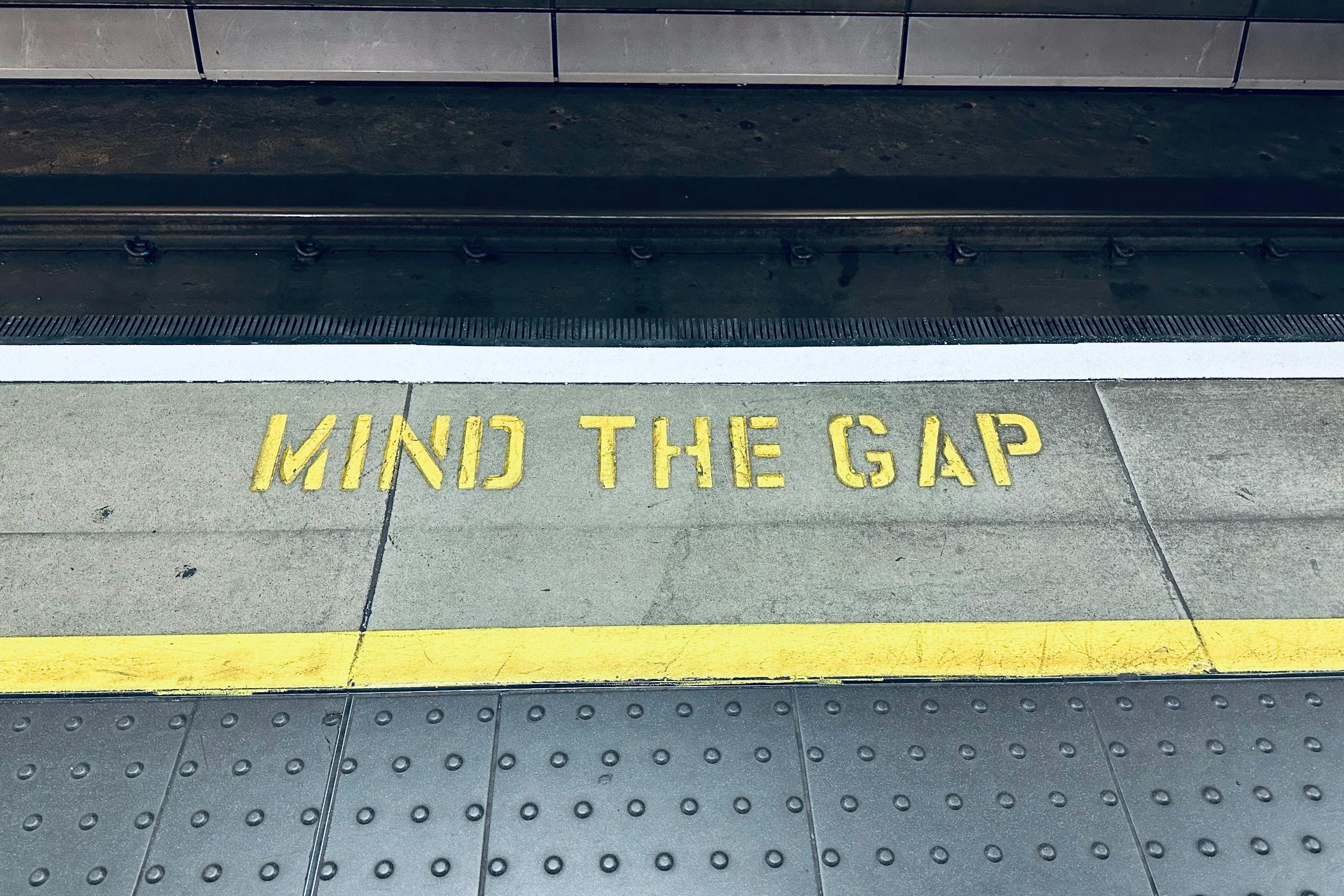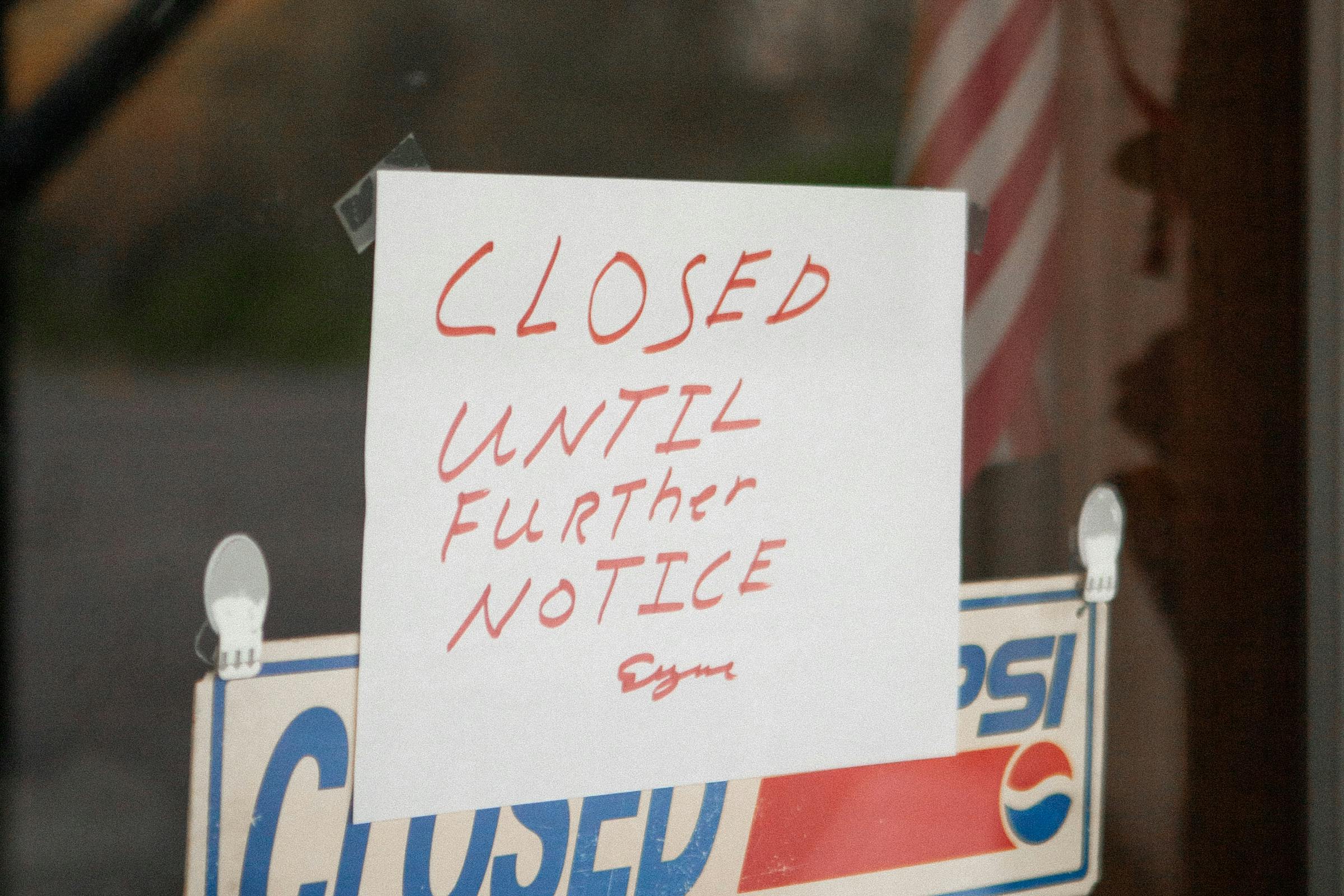The H-1B Work Visa
In the United States, employers that can’t fill vacancies for specialty occupations can request permission from the government to extend job offers to skilled foreign workers. If approved, the potential employee becomes sponsored by the business for an H-1B work visa.
Since many students under F-1 visas are already in the country under Optional Practical Training (OPT) and have made connections with the businesses wishing to hire them, it’s not uncommon for an F-1 status to transition to an H-1B status.
H-1B Caps
When a sponsor petitions an F-1 visa student as a beneficiary for an H-1B visa, they must follow all of the typical rules and regulations. The application period begins in March, and a limited number of H-1B visas are available each year. Because of the document’s high demand and low supply, all H-1B visa applicants go through the lottery system to determine who is selected to proceed further.
Having a valid F-1 status and being in the country does not increase one’s chance of selection. However, should the beneficiary already have an advanced degree, they’re entered into two lottery drawings rather than one.
When an applicant is selected to file for an H-1B visa approval, the sponsor completes multiple levels of paperwork and screenings, usually with the help of legal aid due to the complexity and sensitive timing. If the applicant and employer make it through the background and approval processes, the F-1 visa holder now becomes an H-1B visa beneficiary. Yet, they can’t begin working until their new visa becomes effective on October 1 of that fiscal year.
When the Cap Gap Extension Applies
F-1 visa holders who have been selected for new H-1B visa status continue their student status until October 1. But it’s possible for a student’s F-1 visa status or OPT work authorization to expire between the end of their studies and the start date of their new visa.
When that occurs, the beneficiary may be eligible for the cap gap extension, which pushes the expiry visa back to September 30.
Eligibility for this extension hinges on the visa holder qualifying for the following two criteria:
● The employer must have filed an H-1B petition after March 30 and said petition must have requested the new H-1B status to begin on October 1, and
● The beneficiary must have been active in F-1 status when the H-1B petition was submitted after March 30.
Actively in F-1 status means the beneficiary was enrolled in school, within the OPT authorization timeframe, or in the allowed 60-day grace period.
F-1 status cap gap extensions are usually automatic, but you’ll need to obtain documentation of your new I-20. This can be completed through your SEVP Portal. When you enter your credentials and check your employment information, you may see a request for further information. Complete the required steps, and check back later. When your cap gap extension is approved, print the confirmation for your records.
What’s Next?
Filing for an H-1B visa is complicated, and with all the changes in the US immigration system, you don’t want to do this alone. Our experts at Visa2US are always armed with the latest knowledge and ready to guide you through the process.
If you think you may be eligible for a cap gap extension, or you want to start the H-1B process for next year, contact us today! We’ll listen to your situation and advise you as to how you can best optimize your chances of obtaining an H-1B visa.














